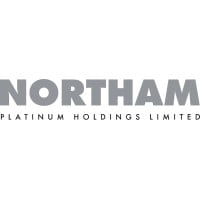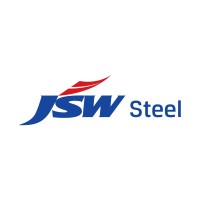Company Cyber Security Posture
NANA
NA Company Details
NA
NA
NA
NA
NA
NA
Scan still pending
NA
NA
Between 200 and 800
This score is AI-generated and less favored by cyber insurers, who prefer the TPRM score.
 NA Global Score
NA Global Score.png)

Company Scoring based on AI Models
| Model Name | Date | Description | Current Score Difference | Score |
|---|---|---|---|---|
| AVERAGE-Industry | 03-12-2025 | This score represents the average cybersecurity rating of companies already scanned within the same industry. It provides a benchmark to compare an individual company's security posture against its industry peers. | N/A | Between 200 and 800 |
Company Cyber Security News & History
| Entity | Type | Severity | Impact | Seen | Url ID | Details | View |
|---|
Company Subsidiaries

NA
Access Data Using Our API

Get company history
.png)
NA Cyber Security News
Entanglement, Inc. Announces the Launch of SeQure, Inc., Its First Spin-out Company Focused on Commercializing Novel Zero-trust Enterprise Cybersecurity and Data Observability Capabilities, Validated by the United States Army
PRNewswire/ -- Entanglement Inc., a next-generation computing and AI company, announces the launch of SeQure, Inc., a spin-out company that ...

NA Similar Companies

Northam Platinum
Northam Platinum Holdings Limited (Northam Holdings or the group) is an independent, empowered, integrated producer of Platinum Group Metals (PGMs) that operates three wholly-owned mines located in the Bushveld Complex of South Africa, Zondereinde, Booysendal and Eland. Northam Platinum Limited (Nor

Tata Steel
Tata Steel group is among the top global steel companies with an annual crude steel capacity of 34 million tonnes per annum. It is one of the world's most geographically-diversified steel producers, with operations and commercial presence across the world. The group (excluding SEA operations) record

Jindal Steel & Power Ltd.
Jindal Steel and Power Limited (JSPL) is one of India’s fastest growing and largest integrated steel manufacturers, significantly present in the steel, power, mining and infrastructure segment. Part of the US $ 18 billion OP Jindal Group this young, agile and responsive company's business operations

CMOC
CMOC or CMOC Group Limited is a public holding company created in 1969, engaged in the mining, processing, and trading of base and rare metals. Its main mining assets are located in the Democratic Republic of the Congo (DRC), China and Brazil, and its metal trading business spanned 80 countries, m

JSW Steel
Over the last 35 years, we have partnered the country in its journey to self-reliance, by embracing sustainability, adopting cutting-edge technology and having innovation and R&D initiatives at the heart of our culture. From humble beginnings with a single plant in 1982, we are now India's leading m

Sandvik
Sandvik is a global, high-tech engineering group providing solutions that enhance productivity, profitability and sustainability for the manufacturing, mining and infrastructure industries. We are at the forefront of digitalization and focus on optimizing our customers’ processes. Our world-leading

Frequently Asked Questions
Explore insights on cybersecurity incidents, risk posture, and Rankiteo's assessments.
NA CyberSecurity History Information
How many cyber incidents has NA faced?
Total Incidents: According to Rankiteo, NA has faced 0 incidents in the past.
What types of cybersecurity incidents have occurred at NA?
Incident Types: The types of cybersecurity incidents that have occurred include .
Additional Questions
What Do We Measure?
















Every week, Rankiteo analyzes billions of signals to give organizations a sharper, faster view of emerging risks. With deeper, more actionable intelligence at their fingertips, security teams can outpace threat actors, respond instantly to Zero-Day attacks, and dramatically shrink their risk exposure window.
These are some of the factors we use to calculate the overall score:
Identify exposed access points, detect misconfigured SSL certificates, and uncover vulnerabilities across the network infrastructure.
Gain visibility into the software components used within an organization to detect vulnerabilities, manage risk, and ensure supply chain security.
Monitor and manage all IT assets and their configurations to ensure accurate, real-time visibility across the company's technology environment.
Leverage real-time insights on active threats, malware campaigns, and emerging vulnerabilities to proactively defend against evolving cyberattacks.




